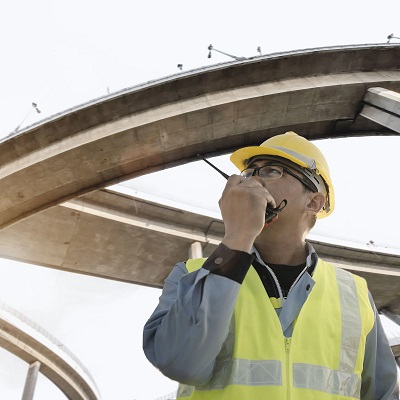 Sunday, September 29, 2024
Sunday, September 29, 2024  Sunday, September 29, 2024
Sunday, September 29, 2024 
The United States has a construction labor shortage that will likely get worse. In April, the US construction industry had roughly 440,000 job openings, and the US manufacturing industry had more than one million—the highest levels recorded since industry-level jobs data were first collected. This prompts the question: Who will fill the hundreds of thousands of additional jobs we estimate the Bipartisan Infrastructure Law (BIL) will create each year (peaking above 300,000 in 2027 and 2028) across the construction value chain in the next decade?
The answer to this question is critical, and not just for the construction sector. The BIL is poised to escalate labor demand, starting with outlays flowing to states, agencies, and authorities to fund portfolios of projects. Because each project relies on a chain of companies spanning engineering, materials fabrication, distribution, freight, and construction, any shortage of materials or labor at any point along the chain may cause delays, drive up costs, and result in projects being scaled back or scrapped. In short, a labor shortage may affect much more than just the construction sector—it could have far-reaching economic ramifications.
Closing the widening gap between labor demand and supply is critical. Our latest research shows that labor strains are expected to manifest differently across US states, sectors, and occupations, arguing for a comprehensive strategy filled with solutions that can scale to address this wave of labor demand. Without such a strategy, the United States may not only be deprived of urgent upgrades to aging infrastructure but also miss the opportunity to set itself up for increased economic success over the balance of the 21st century.